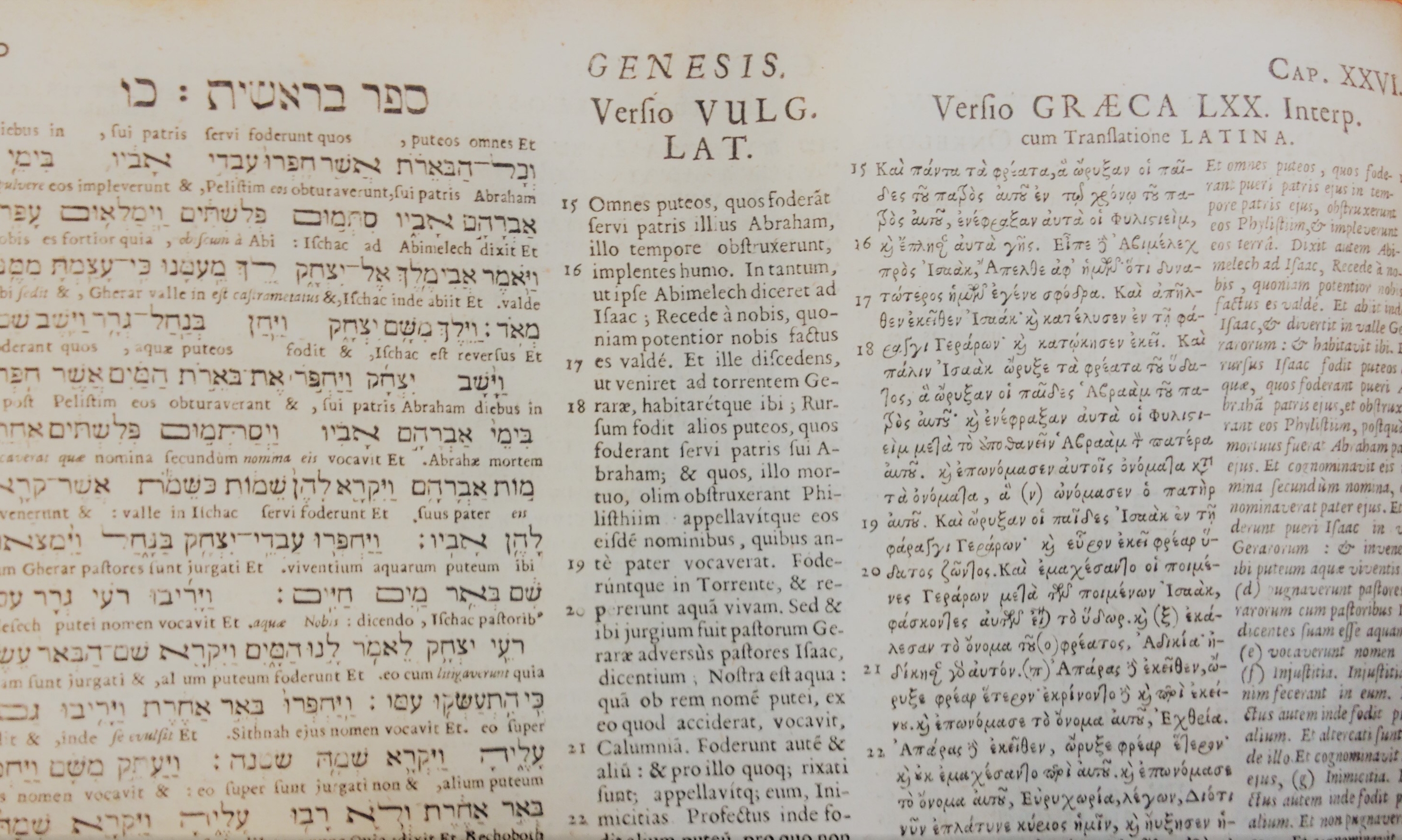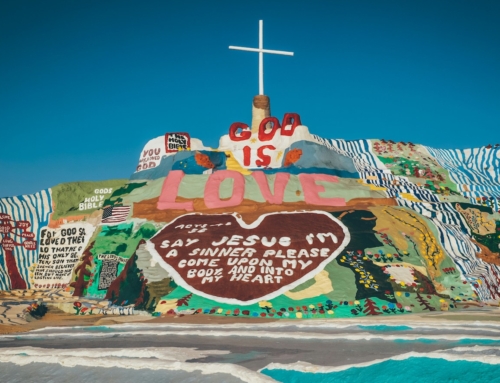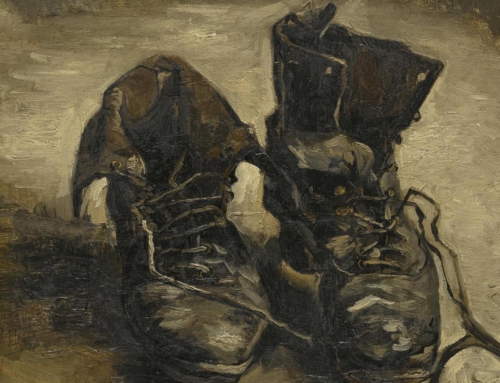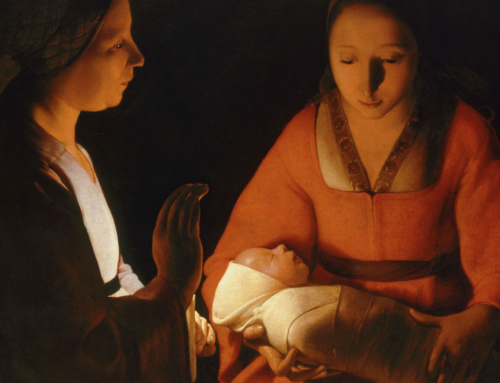Scripture is read in public to feed even children, and in secret to suspend even sublime minds in admiration. It is like a river, both shallow and deep, in which a lamb may walk and an elephant may swim (Gregory the Great, Commentary on Job).
One form of prayer which has shaped me in a huge way since my entrance into religious life is Lectio Divina. Scripture is full of the simplest instructions and deepest reflections.
I don’t know why I didn’t read the Bible in my personal prayer before, but I didn’t. I browsed it to find quotes for a presentation, and I began to listen more closely to it at daily Mass, but still not in my own prayer. A friend even stuffed her own Bible with bookmarks of holy cards, personal letters, autumn leaves, a flattened frog found on the roadside – it was one of the more fascinating items I ever saw in my life – but I still didn’t get my own Bible and just read it.
Why don’t we Catholics read the Bible more?
Yes, we hear it every Sunday at Mass, but it’s an entirely different experience to read it alone, us and God. I’ve polled audiences of school kids on the subject – “Raise your hand if you’ve opened a Bible at home in the past… five years” – and I’ve seen very very few hands.
And yes, many parishes have Bible study groups. Study is helpful as background, but it’s not the same as praying with Scripture.
Maybe the popular name for the practice which people toss around, Lectio Divina, can make it seem overly complicated and outdated. Even when the Latin is translated, “Divine Reading” still serves to intimidate the first-time inquirer.
Many summaries of the practice also add a bit too much mystery and regimen to it all: Step 1, open to a certain passage in a Gospel; Step 2, read only five lines; Then pause for five minutes, imagining the scene; Reread the scene and ask yourself how it relates to you; Five more minutes of silence; Read for a third time, and you may reach contemplation, which is different from meditation (here, various definitions and debates ensue, about what kind of prayer we slip into, and so on…); Silence again; Do a handstand if you’ve yet to feel the Holy Spirit descend upon you; Wash, rinse, repeat.
The problem with prayer recipes is that we’re not baking a cake, we’re real people who are praying according to our own needs, temperaments, etc. And God moves us when He wills and how He wills. It’s simpler than our explanations.
We need to pray with Scripture simply, which means sitting down and reading it. Whatever thoughts and reflections follow, God guides the process. The key is to take the time to simply do it, as the Hank Williams song says, “Get that dust off the Bible and redeem your soul.”
This summer, I spoke about lectio divina to a parish moms group, and the question was raised whether a person is always ready for this kind of prayer or if they need preparation and guidance first. Inside, I thought: No! Lectio Divina Now! Sooner The Better! My verbalized response was less exclamatory, but along those lines.
There are, of course, some good guidelines out there. I like the books of two priests, Raniero Cantalamessa’s Jesus Began to Preach and Michael Casey’s Sacred Reading. A summary of what they say is very simple:
Why We Should Pray With Scripture
- It’s not a dead letter. Christ is still living and speaking in the Scriptures.
- With Scripture, we begin prayer with what God says to us, not only what we want to say.
- Closeness to Christ grows in a unique way when we spend time with His words and deeds.
Basic Guidelines
- Find a silent space.
- Read consistently every day, even if only for a few minutes.
- Be faithful to one book (best to begin with a Gospel).
- Read small portions, just enough to meditate on.
Lectio Divina is one of the most ancient practices in the Church. Christ waits for us in the pages of Scripture. Go and meet Him there!
✠
Image: Polyglot Bible (Rauner Library, Dartmouth College)







